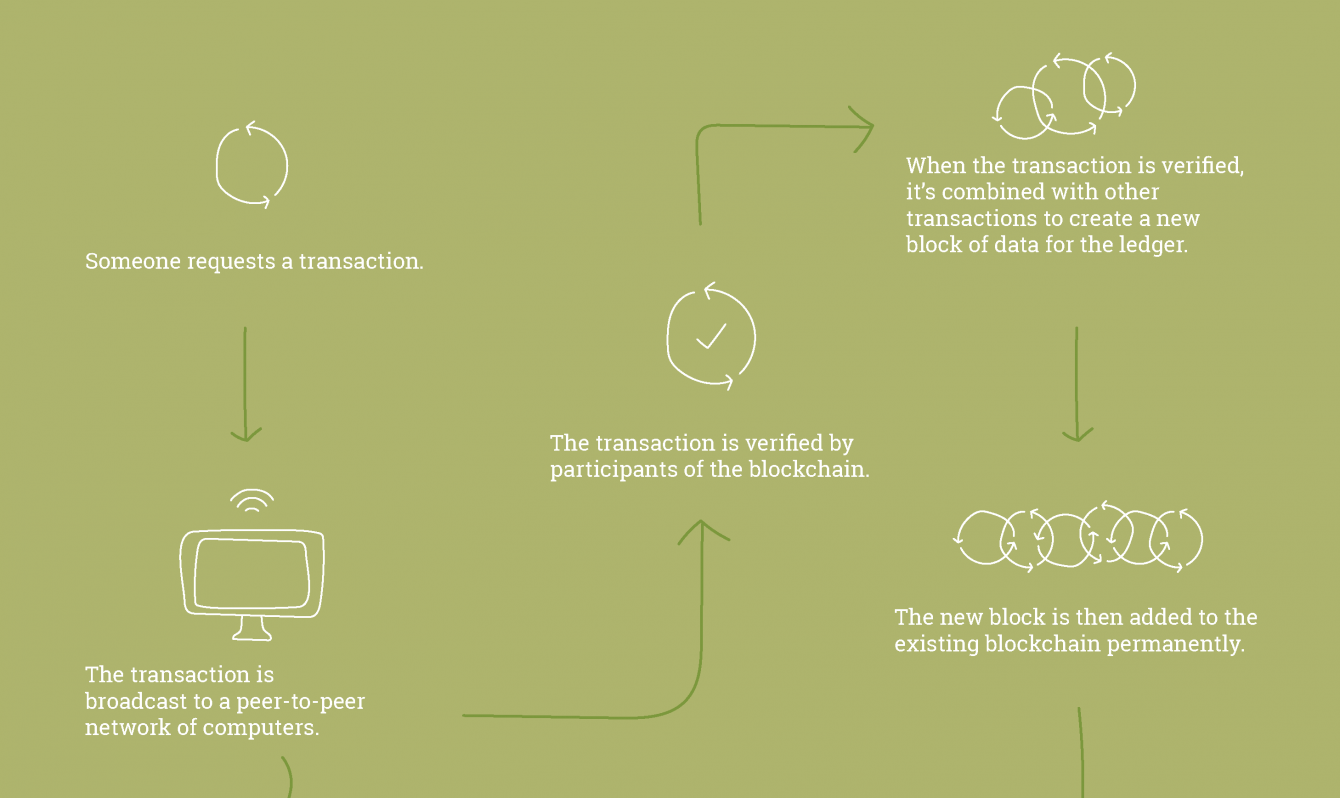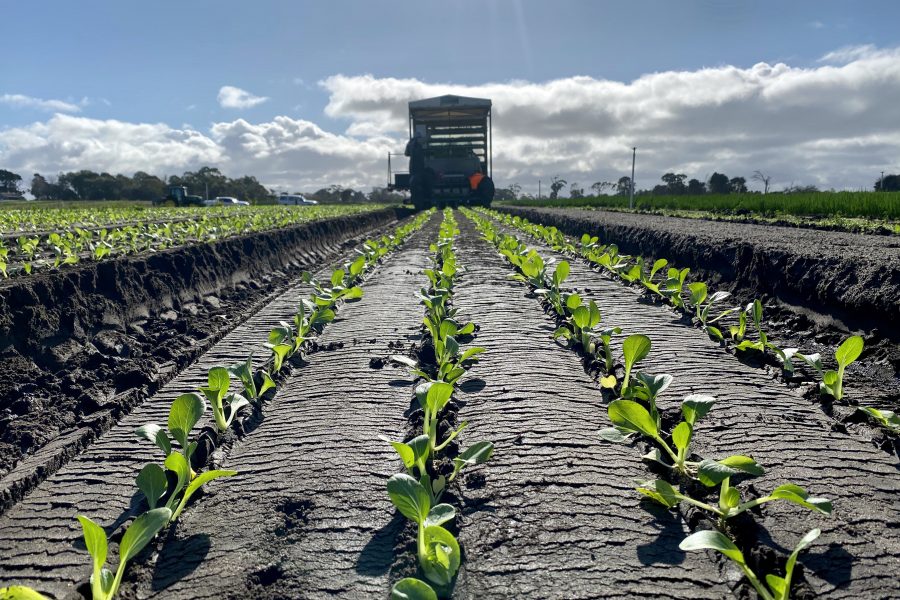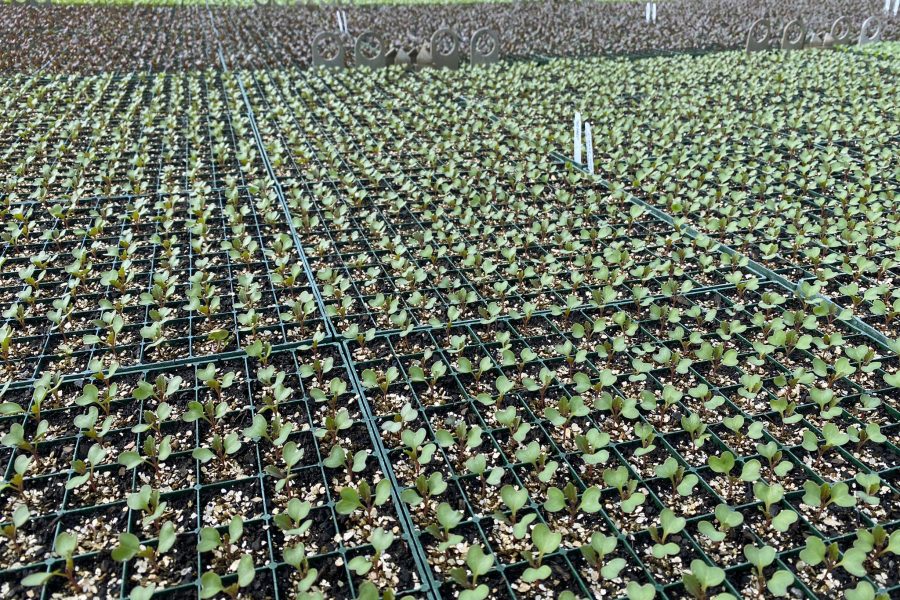Traceability is key to the currency of our country’s produce. It enables us to leverage our access to export markets, enhance our reputation and brand as a global producer and generate more efficient returns for effort.
Australia’s strong agricultural traceability systems enable tracing of production and products along the entire supply chain. It exists to minimise biosecurity and food safety incidents whilst meeting the market access requirements of our trading partners.
This drive for transparency is driven from a governance perspective, but also from consumer demand.
Consumers today want verifiable product integrity through the supply chain, and they’re willing to pay for it. This is due to the increasing disconnect with agricultural systems and ongoing food safety scandals. Retailers of produce are also starting to respond to this demand. Major supermarkets will soon be introducing smart 2D barcodes (which hold greater information than traditional 1D options) to help consumers gain more insight into the provenance of their product purchase.
As innovation continues to reshape our world, technologies will allow us to approach the issue of supply chain transparency in new ways. Blockchains are one such solution being used to provide traceability and help protect both consumers and producers alike.
So just what is a blockchain?

Blockchains are a form of distributed ledger technology where transactions are recorded in a shared ledger and the stored information is time-stamped. Each entity on the blockchain has its own copy of the ledger. Whenever a new transaction is made, a new record (or block) is added onto the blockchain, and that is then verified by all the other entities. This process helps give transparency across the network and allows for secure and real-time interactions between businesses. A transaction on a blockchain can only proceed when all the entities involved agree to it taking place. Each “block” is encrypted so it cannot be deleted, reversed or edited. The distributed ledger exists on multiple computers, often referred to as nodes. In commercial applications, these nodes remain within a private network, accessible only by permitted users, unlike cryptocurrencies.
David Thompson, the Communications Manager for the Australian Institute of Horticulture, believes that blockchains are well suited to the horticulture industry.
“The value of a horticultural product relates significantly to its provenance and the ability to verify claims of heritage, quality, cleanliness and true to type,” says David.
“What blockchain could potentially enable is an addition to the QR code-style scanning technologies where it creates a transparent, clearly provable set of records through the supply chain that a buyer can use to create confidence and therefore maintain the value in the supplier and in the system.”
Blockchain technology provides the means to help ensure cleanliness, quality and good record-keeping. It has the potential to innovatively solve problems by quickly tracing the source of pest and disease outbreaks thereby improving industry response rates.
Farmers are often based far away from their customers and other key parts of the supply chain. This provides a challenge to the quality assurance and market value of their produce, but blockchain can help overcome this.
One example of this technology in action is South Australian agtech provider T-Provenance, who is working with Northern Territory mango producer Manbullo Limited on a two-year project. The aim is to pilot the blockchain on mangoes transported from Manbullo’s sites to Adelaide and Melbourne. The pilot tracks select pallets of mangoes using an IoT device that tracks GPS and temperature, along with data collected from the systems of Manbulloo’s supply chain partners.
“This data can greatly elevate the provability of quality assurance claims and improve transparency at the farm gate, allowing us to unlock more international markets for northern Australian fruit growers,” says T-Provenance CTO Jackson Virgoa.
Trials like this show the huge potential of blockchain application across the wider horticultural industry.
“Everyone in the supply chain has a responsibility to deliver good quality produce to the consumer and this is a way to highlight areas that might need attention during that process. The focus here is to identify the pain point, fix it, lift overall quality and get more demand and greater eating experience of Aussie fruit and veg” adds T-Provenance’s Andrew Grant.
With this technology, farmers can protect themselves from any potential food safety incidents and at the same time help customers across the world become more assured of the quality of their produce.
Ultimately, blockchain is about the improved transparency of horticultural operations and practices, and if embraced provides a platform for greater storytelling about our produce and its unique characteristics.




